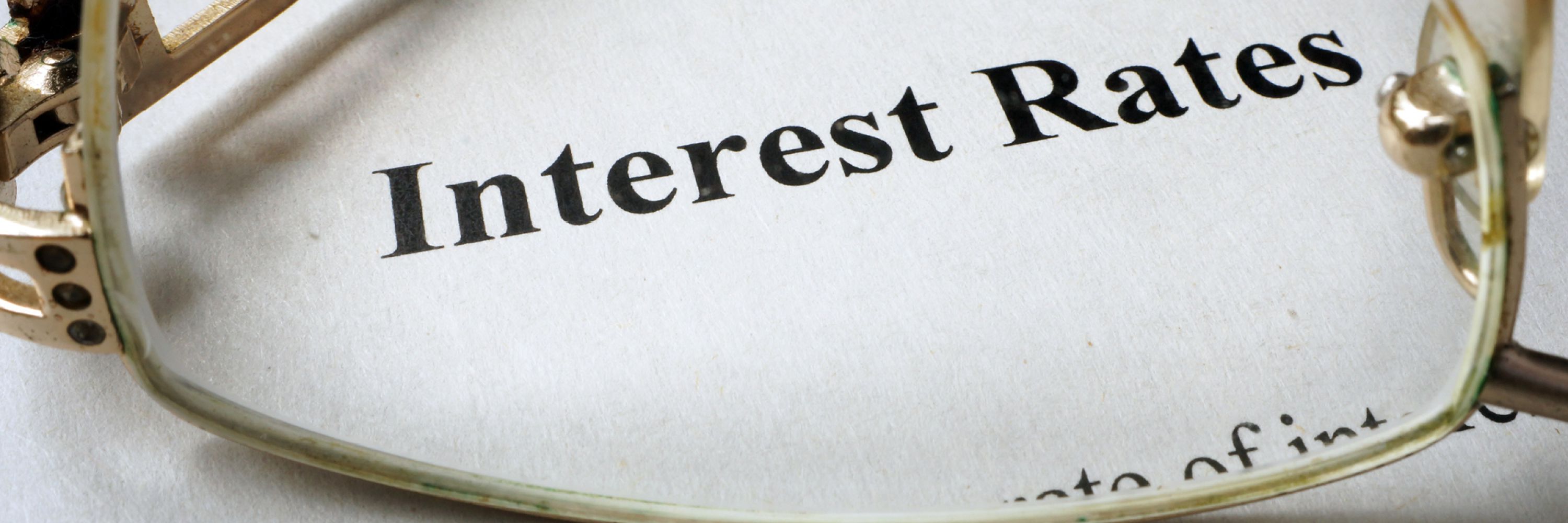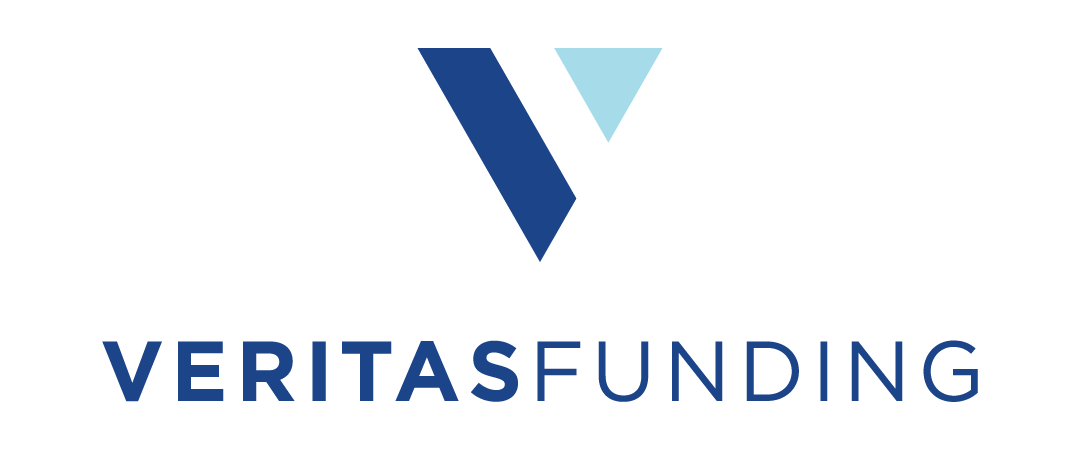
Interest rate vs APR and other mortgage loan fine print
By Erik J. Martin
When shopping around for a mortgage loan, it’s easy to feel confused by all the numbers you need to track. These numbers can include your loan term, payoff date, amortization tables, and more.
But two of the most important digits to comprehend and differentiate are the interest rate and APR, which also stands for annual percentage rate. While these numbers are somewhat similar, there are important distinctions between them that every borrower should better understand.
“With regards to mortgage financing, there are two key rates to pay attention to: the interest rate and the APR,” explains Robert Killinger, senior loan officer for Mortgage Network in Danvers, Massachusetts. “The interest rate calculates the amount of interest you will pay back over your loan term, such as 3.5% fixed interest over 30 years. The APR takes the calculation one step further and not only calculates the interest expense of your loan but also the costs and fees that go into securing the financing.”
These fees and costs can include things like a mortgage broker fee, discount points, and underwriting fee if charged by the lender.
Typically, your APR will be higher than your interest rate, because it accounts for the fees involved with the loan. But make no mistake: both the interest rate and APR are essential to know.
“First, the interest rate is key, as this will determine the long-term cost of your financing. The higher your interest rate, the more interest you will pay over your loan’s term,” Killinger adds.
But it’s equally crucial to keep tabs on your APR to ensure that your financing costs are not exorbitantly high. The wider the spread between your APR and interest rate, the more fees there will be to secure your mortgage financing.
“The APR is going to more accurately reflect the true cost of your mortgage, so it’s the number to watch out for. It’s also a great point of comparison when shopping for mortgages, since different lenders may offer different APRs from the same base interest rate,” suggests Martin Orefice, CEO of Rent To Own Labs in Orlando, Florida.
Case in point: if lender A and lender B are offering the same interest rate for the same loan term, but lender B’s APR is 2% higher than lender A’s, “that would mean lender B’s loan is more expensive and most likely not as advantageous,” says Killinger.
If you receive a loan offer from a lender, look closely at the interest rate and APR and ask questions about anything you don’t understand.
“Pay attention to if they charge a discount fee or points for a specific interest rate. If you are not paying points, your APR will likely be very close to your interest rate,” says Andrew Weinberg, principal with Great Neck, New York-headquartered Silver Fin Capital Group LLC. “If you are getting a lender credit, the numbers will be even closer. That’s why I recommend asking your lender two specific questions: what is my rate for my particular scenario, and am I paying points or possibly getting a lender credit at that interest rate?”
It’s equally essential to determine your loan term, whether your loan is a fixed-rate mortgage product or an adjustable-rate mortgage (ARM), and if there is a prepayment penalty in place on your loan.
“Also, keep an eye on the amortization schedule, especially if your loan product is an ARM. The amortization schedule will explain when the adjustable-rate period takes effect, which can significantly impact your monthly payments,” adds Killinger.
As with any financing agreement, it pays to read the fine print carefully on all loan disclosures.
“The mortgage industry has seen some updates to the required disclosures in the last few years and done a better job of putting any mortgage jargon into layman’s terms and making the disclosures as easy to understand as possible,” Killinger continues. “However, most people don’t apply for mortgage financing very often, so it’s necessary to read through the documents and ask questions whenever something does not make sense.”
Get In Touch If you're interested in improving your life through homeownership, please provide your contact information below and a Loan Officer will be in contact. |
|
|

